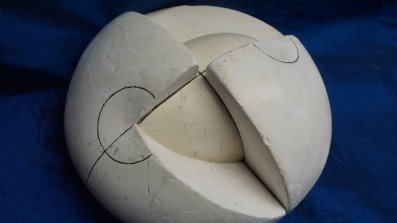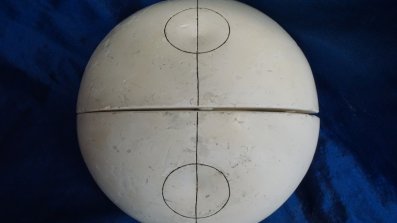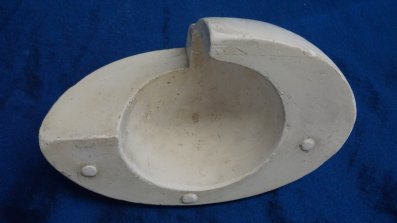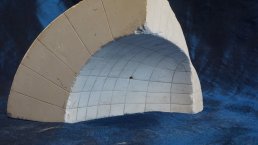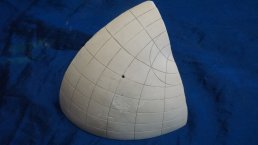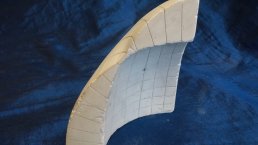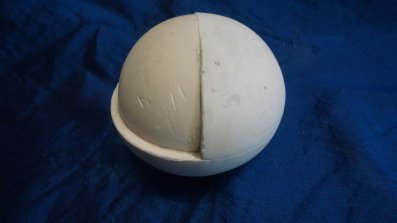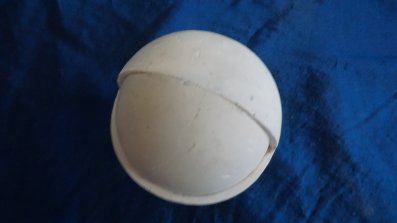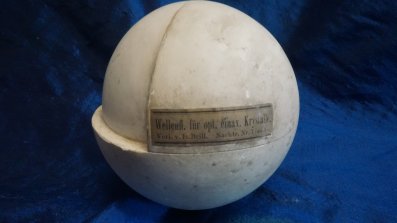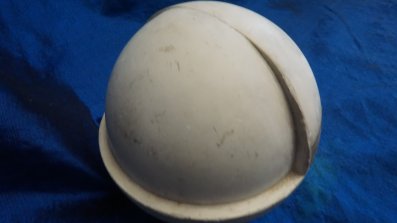Optics
Introduction
A number of the models depict dispersion relations arising in a variety of problems of linear wave propagation, in particular light waves in any medium or elastic waves in a solid. Waves are characterised by their angular frequency $\omega$ (so the period is $2 \pi/\omega$ and their wavenumber $k$ (so the wavelength is $2 \pi/k$). The dispersion relation tells you how $\omega$ and $k$ are related for plane waves travelling in a particular direction.
If the medium is isotropic (that is, it looks the same everywhere and in all directions), then $\omega$ is simply a function of $k$ and can be depicted as a graph. However, if the medium is anisotropic, for example a crystal whose elastic properties depend on orientation, then we have to consider three separate wavenumbers, one in each coordinate direction. In this case, the dispersion relation is a surface in $\mathbb{R}^3$.
Model VI 1 represents Fresnel's wave surface, which is a Kummer surface with four real double points and four real double planes. Augustin-Jean Fresnel was a French physicist, whose work on crystal optics gave rise to this surface in the early 19th century. The surface depicts the propagation of light from a point in an optically biaxial crystal. See [1] for more details. The surface consists of two pieces (inner and outer) which meet in four double points. The model is "cut" in order to display both the inside and outside shells. As with earlier models, we can see the four conics where the surface meets the four real double planes; they are circles in this case.
Model VI 4 is another representation of (part of) Fresnel's wave surface showing lines of curvature.
Model VI 3 represents the wave surface for an optically uniaxial crystal, with negative "birefringence". The model consists of two spheroids, and is cut to show the inside spheroid. The ratios of axes are chosen so as to approximate light propagating through a calcite crystal. To better understand what the model represents, it helps to study some optics - see this detailed account for more on the topic.
Model X 7 is similar to VI 3, but this time representing an optically uniaxial crystal with positive birefringence. The model again consists of two spheroids, and is cut to display the interior spheroid. The ratios of axes are chosen so as to approximate light propagating through a cinnabar crystal;
References
[1] Stephen A. Nelson, Biaxial Minerals, http://www.tulane.edu/~sanelson/eens211/biaxial.htm




